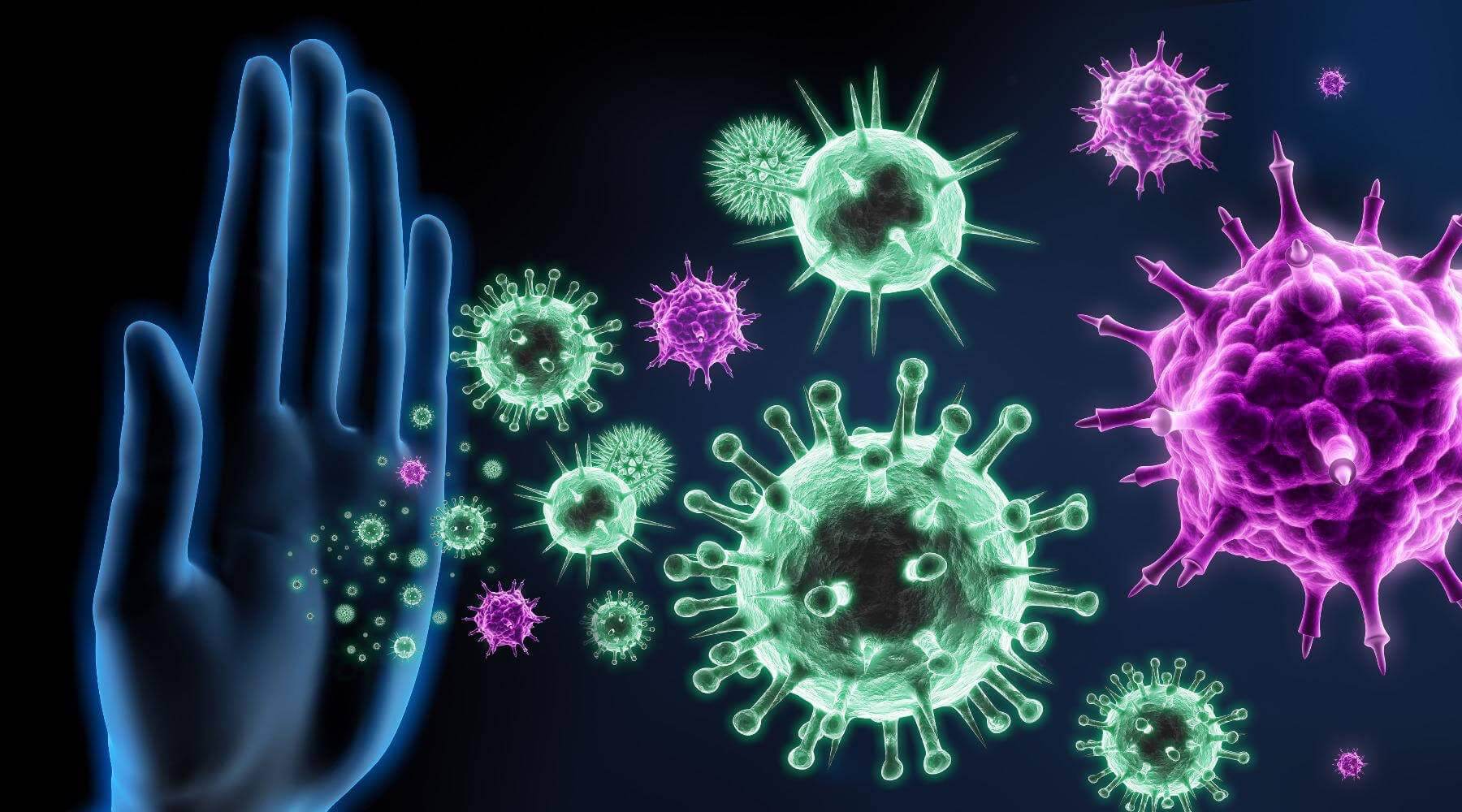Can CBD help with tremors?
What is a tremor?
A tremor is an involuntary, rhythmic muscular contraction resulting in shaking movements in one or more parts of the body. This is a standard movement disorder that often affects the hands but may occur within the arms, head, vocal cords, torso, and legs. Such tremor could be occurring at separate times, with breaks or it may be constant.
However, it may also occur on its own or as a result of another disorder. Tremor is most typical amongst middle-aged and older adults, although it can occur at any age. The disorder generally affects both men and women. Tremor isn't life-threatening however, it is embarrassing and even disabling, making it difficult or perhaps impossible to perform work and standard daily tasks.
What causes tremor?
Tremor is generally caused by an internal problem in the deep parts of the brain which is responsible for your overall body movements. In most cases, tremors do not have a known cause however, there are some that appear to be directly inherited and run in families from one generation to another. Often, tremors can occur by themselves or through a likely symptom which includes several neurological disorders including:
- Stroke
- MS (Multiple Sclerosis)
- Traumatic Brain Injury
Other causes may also include
- Parkinson's Disease
- Use of Certain Medications; asthma medication, caffeine, and corticosteroids
- Alcohol Abuse or Withdrawl
- Mercury Poisoning
- Overreactive Thyroid
- Liver or Kidney Failure and
- Anxiety, Panic or Stress
At Oxocan we offer a range of premium British-made Full-Spectrum CBD Oils and CBD Capsules that have the potential to help you deal with such health conditions as anxiety, stress and sleeping disorders. All of our CBD products are independently lab tested, are natural and GMP-Certified.
What are the symptoms of tremors?
There are many "easy to spot" symptoms of tremor. Some of these include:
- A constant shaking in the hands, head, legs or torso
- A shaky voice when an individual speaks
- Difficulty in writing, drawing or even holding a drink without spilling it and
- Difficulty in handling objects such as a fork or a knife when eating a meal.
In many cases, tremor is more obvious and may be triggered when the individual is experiencing stress, strong emotion, or physically exhausted. It can also be more obvious when a person adopts a certain posture or makes certain movements.
How is tremor usually classified?
Tremor is generally classed into two main categories that include:
- Resting Tremor: This generally appears when the muscles are completely relaxed, such that for example, the person's hands are completely resting on their laps as they are sitting down, but the hands, legs and arms may be continuously shaking. In many cases, this tremor only affects the person's hands and fingers and is mostly seen in people who suffer from Parkinson's disease.
- Action Tremor: As the term indicates, this type of tremor occurs with a voluntary movement of a muscle. In most cases, most types of tremors are considered action tremors and in many instances, there are several "sub-classifications" of action tremors that sometimes overlap with one another. These may include postural tremor, kinetic tremor, intention tremor, task-specific tremor and isometric tremor.
What are the different types of tremors?
In the field of science, it is known that there are more than 20 types of tremors but the top five most common forms are:
- Essential Tremor: This is the most common form of movement disorder and the exact cause of it is broadly unknown. In some cases, this type of tremor is mild and can be very stable for years. It usually develops on both sides of the body but could be more visible on the dominant side as it is classified as an action tremor.
- Dystonic Tremor: This usually occurs in people who suffer from dystonia which means that incorrect messages from the brain cause the muscle to be overactive and unwanted body movements are occurring.
- Cerebellar Tremor: This is typically a slow and easily visible tremor of the arm or leg that occurs at the end of an intended movement such as trying to switch off a light. This is mainly caused by damage to the cerebellum and its pathways to the brain regions which usually is a result of a stroke or brain tumour.
- Physiologic Tremor: This type of tremor occurs in all healthy individuals, but it may occur without warning and can affect all body parts. In most cases, individuals with a hidden psychiatric disorder such as depression or PTSD suffer from this type of tremor.
- Parkinsonian Tremor: This is a very common symptom of people who suffer from Parkinson's disease but it is worth mentioning that not all people who have Parkinson's disease have tremors. In general, this type of tremor affects both hands at rest and may also affect the chin, lips, face and legs.
How is tremor diagnosed?
The most efficient and only way to diagnose tremors is through a physical and neurological examination of an individual's medical history. In a physical examination the doctor will examine the tremor based on the following:
- if the tremor occurs when the muscles are at rest or in motion, the exact location of the tremor on the body, including if the tremor occurs on both sides of the body and
- the frequency of the tremor and appearance
Additionally, the doctor may also assess other neurological issues such as imbalance of the body, speech abnormalities or even muscle stiffness. Additional blood and urine tests may help identify or rule out the metabolic cause of such as a thyroid malfunction or if it's due to certain medications the individual is taking. It is not uncommon for the doctor to also introduce an electromyogram to diagnose muscle or nerve issues. This type of test quickly identifies the involuntary muscle activity and muscle response to induced nerve stimulation.
How is tremor treated?
There is no easy treatment for such a health condition but there are options available to help manage such symptoms. Offering the right treatment is completely dependent on finding the exact cause and type of tremor. If the tremor is caused by underlying health problems, these can sometimes be improved or even eliminated with appropriate treatment. As an example, if the tremor is caused due to thyroid hyperactivity, using thyroid malfunction medication can resolve the issue. Additionally, if the tremor is caused by a certain medication, the interruption of such a drug may reduce or eliminate the tremor.
What are the treatment options for tremors?
A doctor may suggest the following options to someone who suffers from a type of tremor.
Medication
- Blocking drugs such as propranolol and atenolol, metoprolol, nadolol and sotalol.
- Anti-Seizures medications such as primidone, gabapentin and topiramate.
- Benzodiazepines such as alprazolam and clonazepam
- Parkinson's disease medications such as levodopa and carbidopa and
- Botulinum toxin is a form of injection mostly used to treat head tremors.
Focused ultrasound
This is a new and innovative treatment option for many individuals as it uses magnetic resonance images to deliver specific and focused ultrasound to tiny areas of the brain that causes the tremor.
Surgery
In some cases when patients do not respond to the above-mentioned options, doctors may recommend surgical interventions including deep brain stimulation or very rarely thalamotomy.
Can CBD help with tremors?
When it comes to understanding whether or not CBD could potentially offer a helping hand to those who suffer from any form of tremor, more research is highly required. Of course, some people explore more natural alternatives to traditional medications to help them deal with their health conditions. This curiosity leads them to self-medicate on CBD oils, CBD capsules and other cannabis-derived products. It is a known and proven fact that the cannabis plant contains over 100 different cannabinoids, but the most popular two are CBD (non-psychoactive ingredient) and THC (psychoactive-ingredient).
However, other cannabinoids have recently been addressed to help deal with tremor and muscle relaxation, namely the CBs which address the ability to relax muscles, ease certain seizures and provide substantial relief for tremor symptoms.
When consuming any type of CBD product including Cbd Oils, CBD Capsules, CBD Gummies or CBD Vaping, for any type of tremors the CBD in the product of choice can target and regulate our natural Endocannabinoid System (ECS) Receptors which are mainly responsible for muscle movement. These receptors are located in both our brain and in our body and the regulation of these receptors allows CBD to relax, reduce inflammation and ease symptoms associated with tremors.
In a study conducted by Dr Handforth, CBD has been tested in a variety of doses and it was noted that robust suppression of tremors in mice was highly possible, without showing any direct signs of impairment or sedation. Additionally, the research team further discovered which main receptors in the brain were involved in the experiment. It was concluded that CBD activates the 5HT1a receptors that suppress the tremor by activating the TRPV1 receptor. Today, many of the prescription drugs used to treat essential tremors can sometimes affect mood and even cause major depression and sleeping disorders. As a result, individuals look for more natural alternatives such as CBD.
Oxocan CBD products
Visit our home page to discover our selection of full-spectrum CBD Oils, CBD Capsules and CBD Candles, www.oxocan.com


